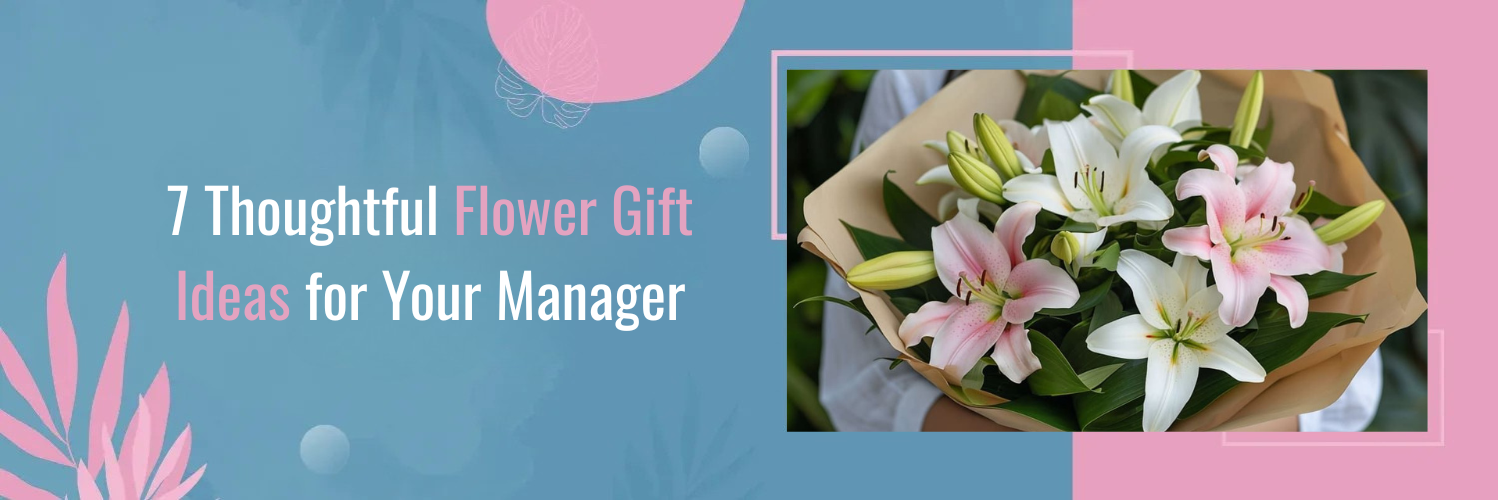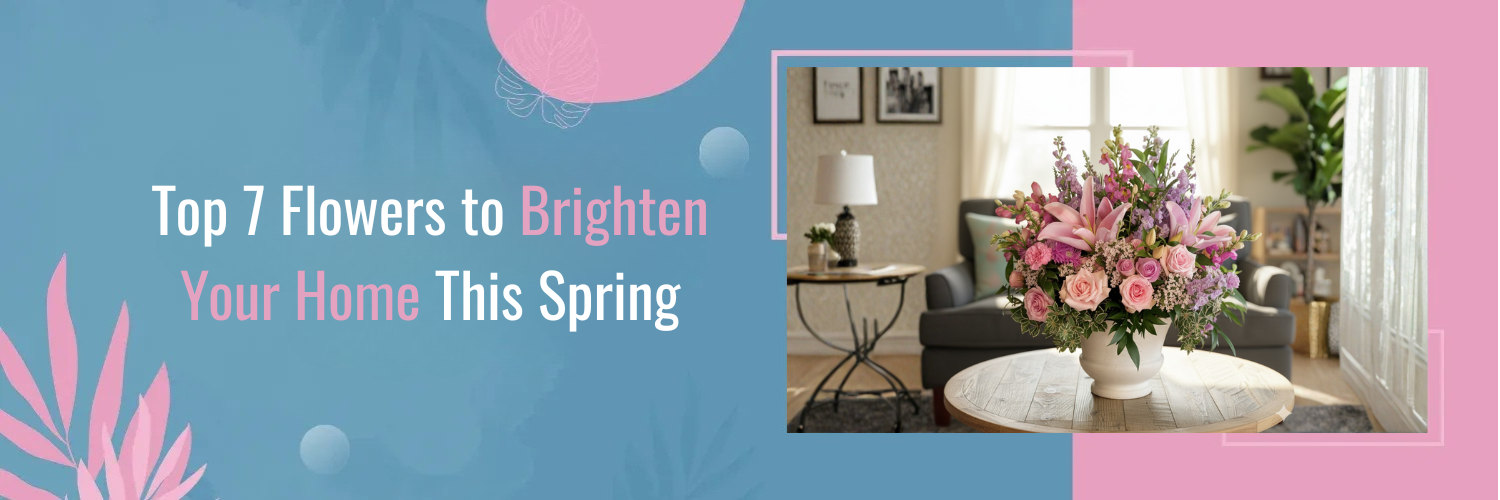What Does Alstroemeria Mean?
The Alstroemeria flower, often called the “Peruvian Lily” or “Lily of the Incas,” is a captivating and popular choice among flower enthusiasts. Known for its vibrant and diverse colours, intricate markings, and long-lasting blooms, Alstroemeria has gained a special place in the hearts of many. This flower’s appeal is not limited to its aesthetics alone; it offers a rich history, cultural significance, and versatile uses in various aspects of life. Whether you’re a seasoned gardener or simply someone who appreciates the beauty of flowers, delving into what Alstroemeria has to offer is a fascinating journey worth embarking on.
History and Origin

The Alstroemeria flower has a captivating history that traces its origins to South America, particularly the cool, high-altitude regions of the Andes Mountains in Chile and Peru. Named after the Swedish botanist Baron Clas Alströmer, who first documented the plant during his travels in the late 18th century, Alstroemeria made its way to Europe in the early 19th century and soon gained popularity for its vibrant and long-lasting blooms.
Today, Alstroemeria is not confined to its native regions; it can be found in gardens and floral arrangements worldwide. Its adaptability to various climates and conditions has made it a beloved addition to gardens and flower beds in many countries, and it has become an integral part of the global floriculture industry.
Varieties of Alstroemeria

Alstroemeria boasts various varieties, each with unique charm and characteristics. These varieties offer an impressive spectrum of colours, ranging from subtle pastels to striking reds, oranges, and purples. Some of the most popular varieties include the Alstroemeria aurea, Alstroemeria psittacina, and Alstroemeria ligtu.
Each variety may differ in flower size, colour intensity, and petal markings. For example, the Alstroemeria psittacina, also known as the Parrot Lily, features distinct red and green markings on its petals, resembling a parrot’s plumage. These variations provide ample opportunities for creative floral arrangements and garden designs.
Alstroemeria Care Guide

Caring for Alstroemeria is relatively straightforward, making it an excellent choice for both seasoned gardeners and beginners. These hardy perennials thrive in well-draining soil and prefer full to partial sunlight. Adequate watering is essential, but avoiding overwatering is crucial, as Alstroemeria can be sensitive to excessive moisture.
Regarding fertilisation, a balanced, all-purpose fertilizer can be applied during the growing season to promote healthy growth and prolific blooming. Pruning spent blooms can encourage continuous flowering, and mulching can help retain soil moisture and deter weeds.
However, Alstroemeria is not without its potential problems. Keeping an eye out for pests such as aphids and slugs is essential. Proper care and attention can ensure that your Alstroemeria plants flourish and grace your garden with beautiful blooms.
Symbolism and Meaning

Beyond its visual appeal, Alstroemeria holds deep symbolism and cultural significance. Alstroemeria is often associated with friendship, mutual support, and camaraderie, a popular choice for gifting among friends and loved ones. In some cultures, it also symbolises wealth and prosperity, making it a fitting gift for various celebratory occasions such as birthdays and anniversaries.
The cultural significance of Alstroemeria varies across regions. In Peru, for instance, it is considered a symbol of wealth and fortune. It may represent friendship, devotion, or mutual understanding in other cultures. Understanding these meanings can add a layer of significance to the Alstroemeria when used in floral arrangements and gift-giving.
Alstroemeria in Floral Arrangements

Alstroemeria’s versatility extends to its use in floral arrangements and bouquets. Its long-lasting blooms make it a favourite choice for professional florists and DIY enthusiasts. The wide range of colours and patterns allows for creative combinations that suit any occasion, from weddings to everyday decor.
Alstroemeria pairs beautifully with other flowers, such as roses, lilies, and tulips. Its slender stems and multiple blooms per stem make it an ideal addition to mixed bouquets. Additionally, its elegant appearance and ability to symbolise friendship make it a popular choice for gift bouquets exchanged between friends.
Fun Facts About Alstroemeria

Beyond its aesthetic and cultural significance, Alstroemeria boasts several intriguing fun facts. For instance, its ability to continue producing new flowers
throughout the summer and into the fall earned it the nickname “the flower of friendship.
” The name “Alstroemeria” is not the only one this flower goes by; it’s also known as the “Inca Lily” due to its connection with the ancient Incan civilisation.
Alstroemeria flowers have also been studied for their potential medicinal properties. Some compounds found in these flowers have shown antibacterial and anti-inflammatory properties, adding another layer of fascination to this versatile plant.
Alstroemeria in Art and Literature

The allure of Alstroemeria extends beyond the realm of gardens and floral arrangements; it has appeared in various forms of art and literature. This flower has fascinated artists and poets alike and is often used to symbolise beauty, grace, and the ephemeral nature of life.
In literature, Alstroemeria may be featured in poems, novels, or short stories, symbolising love, friendship, or the passage of time. In visual arts, Alstroemeria can be found in paintings, illustrations, and other forms of visual expression, where its vibrant colours and intricate details make it a captivating subject.
Taking Care of Alstroemeria
Alstroemeria care is important after you’ve planted it. Here are a few things to consider when it comes to aftercare:
- Use fertilizer: Once in bloom, use high potash fertilizer each week during the growing season.
- Pull stems instead of cut: To promote new blooms, pull stems from the base of the plant rather than cutting them. Cutting them avoids any damage to the plant. Also, remove the dead flowers so your Alstroemeria doesn’t multiply out of control by self-seeding.
- Utilise mulch: Mulch is great for keeping Alstroemeria warm in colder climates. This should be done for the first two winters after you’ve planted it. Keep the mulch at least two inches away from the base to avoid rotting.
Conclusion

The Alstroemeria flower is a true gem in floriculture. Its rich history, diverse varieties, and cultural significance make it a beloved choice among flower enthusiasts and a meaningful gift for various occasions. Whether tending to it in your garden, arranging it in a bouquet
, or simply appreciating its presence in art and literature, Alstroemeria never fails to captivate with its beauty and symbolism.
Ready to experience their charm? Elevate your moments with a curated Alstroemeria bouquet from Bourkes Florist. Order now and let the beauty bloom at your doorstep. Shop now!
FAQs
Q: How Do I Care About Cutting Alstroemeria Flowers?
To care for cut Alstroemeria flowers, start by trimming the stems at an angle and placing them in a vase with fresh water. Change the water every few days, recutting the stems to maintain water uptake. Keep the vase away from direct sunlight and drafts; your Alstroemeria blooms should last about two weeks.
Q: Can I Grow Alstroemeria Indoors?
Yes, you can grow Alstroemeria indoors. Choose a well-draining potting mix and a container with drainage holes. Place the pot in a location with bright, indirect sunlight. Keep the soil consistently moist but not soggy. Indoor Alstroemeria can thrive if provided with the right conditions.
Q: What Is the Meaning of Alstroemeria in Different Cultures?
The meaning of Alstroemeria varies across cultures. In general, it symbolises friendship and mutual support. In some cultures, it represents wealth and prosperity. Understanding the specific cultural meanings can.

























